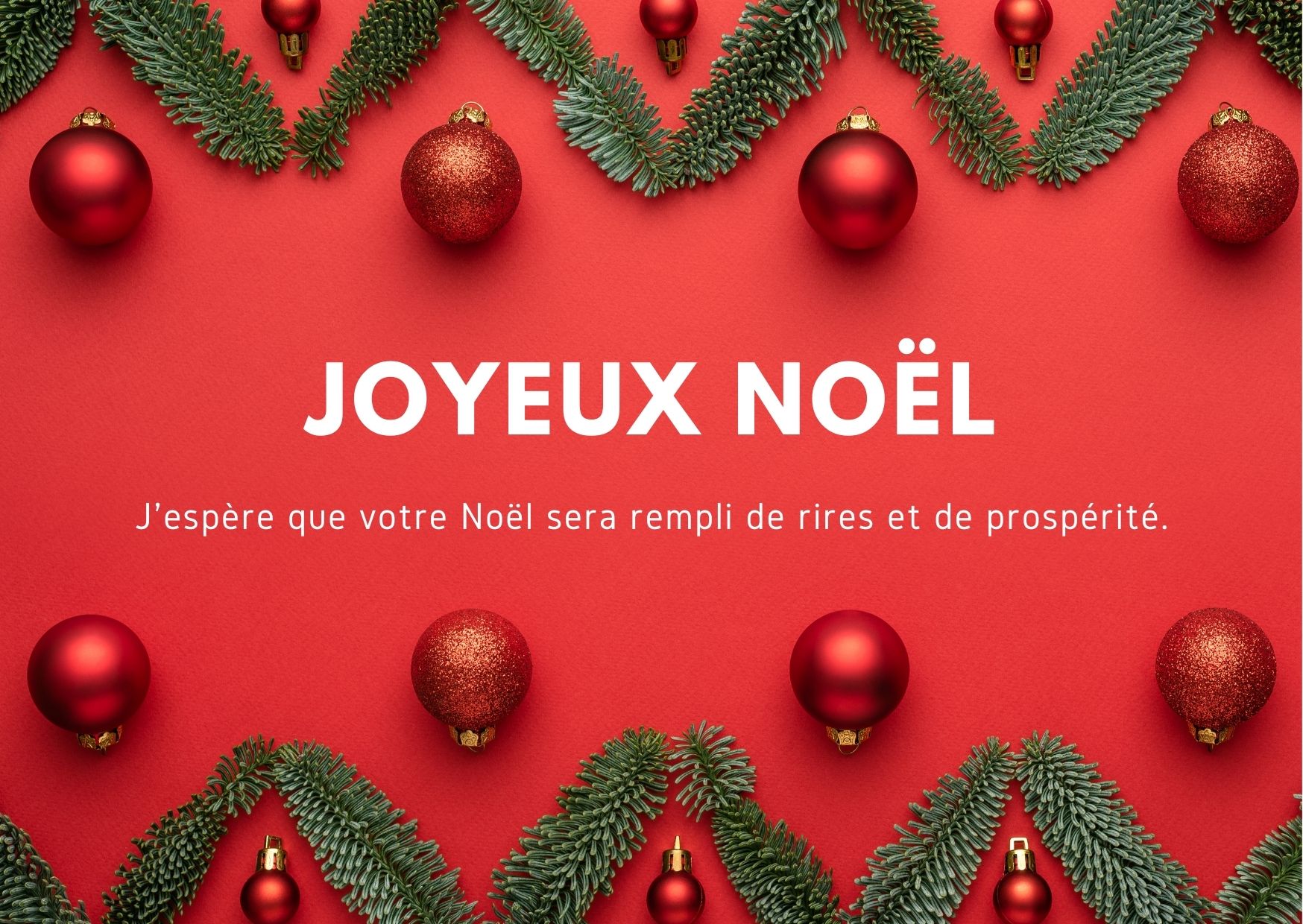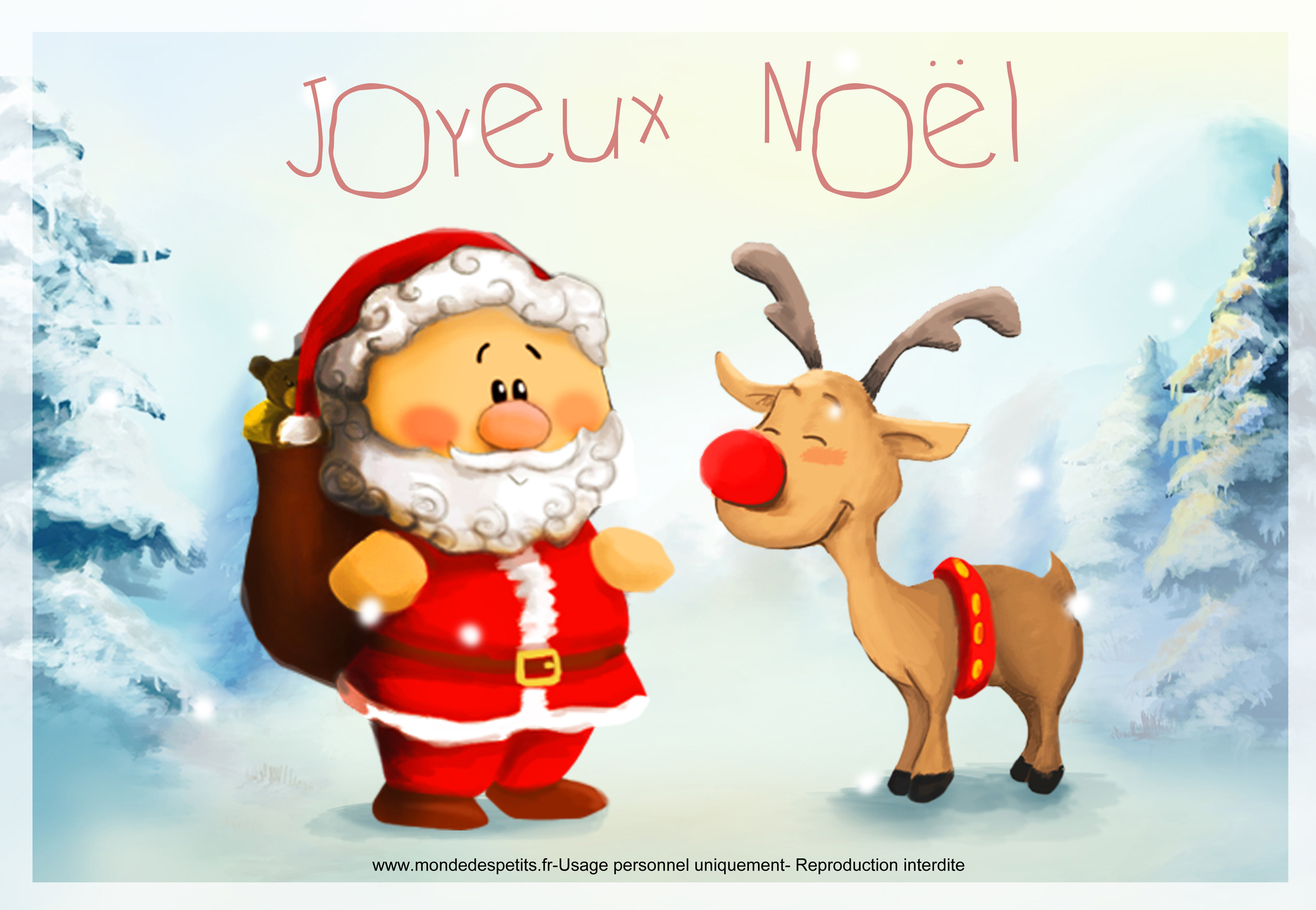La Carte de Joyeux Noël : Une Tradition Ancrée dans le Temps et l’Émotion
Articles Connexes : La Carte de Joyeux Noël : Une Tradition Ancrée dans le Temps et l’Émotion
Introduction
En cette occasion propice, nous sommes ravis de nous plonger dans le sujet fascinant lié à La Carte de Joyeux Noël : Une Tradition Ancrée dans le Temps et l’Émotion. Tissons des informations intéressantes et offrons de nouvelles perspectives aux lecteurs.
Table of Content
La Carte de Joyeux Noël : Une Tradition Ancrée dans le Temps et l’Émotion

The English phrase "Christmas card" translates directly to "carte de joyeux Noël" in French. However, the simple translation fails to capture the rich tapestry of tradition, emotion, and artistry woven into this seemingly simple piece of paper. This article delves into the history, evolution, and enduring significance of the Christmas card, exploring its role in French culture and its broader impact on the festive season.
Des Origines Modestes à un Phénomène de Masse:
The Christmas card’s origins are rooted in Victorian England, with the first commercially produced cards appearing in the 1840s. Sir Henry Cole, a prominent figure in the British arts and crafts movement, commissioned a design from John Callcott Horsley, resulting in a lithograph depicting a family Christmas feast. While initially a novelty for the upper classes, the concept quickly gained traction, spreading across the English Channel and taking root in France.
The adoption of the Christmas card in France wasn’t immediate. The tradition of exchanging greetings during the festive season already existed, often in the form of handwritten letters or beautifully illustrated postcards. However, the convenience and affordability of printed cards gradually increased their popularity, particularly as printing technology advanced and became more accessible.
The late 19th and early 20th centuries witnessed a flourishing of Christmas card design in France. Artists embraced the opportunity to showcase their talent, creating cards featuring diverse styles, from charming depictions of nativity scenes and winter landscapes to whimsical illustrations of Santa Claus (Père Noël) and his reindeer. The aesthetic reflected the prevailing artistic movements of the time, encompassing Art Nouveau, Art Deco, and various regional styles.
L’Évolution du Design et des Thèmes:
The evolution of the French Christmas card reflects broader societal shifts and changing tastes. Early cards often featured religious imagery, emphasizing the spiritual significance of Christmas. Over time, secular themes gained prominence, encompassing winter scenes, festive celebrations, family gatherings, and humorous depictions of Christmas traditions.
The Second World War significantly impacted the production and design of Christmas cards. Paper rationing and wartime restrictions limited the use of color and elaborate designs. Many cards from this period reflected the hardships of the time, conveying messages of hope and resilience.
The post-war era saw a resurgence of creativity and innovation in Christmas card design. The introduction of new printing techniques allowed for more vibrant colors and intricate details. The themes became increasingly diverse, catering to a wider range of tastes and preferences. From minimalist designs to elaborate pop-up cards, the variety offered reflected the growing commercialization of Christmas.
La Carte de Noël comme Support d’Expression Artistique:
Beyond their practical function as greetings, Christmas cards served as a valuable medium for artistic expression. Many renowned illustrators and designers contributed to the creation of Christmas cards, elevating them beyond simple commercial products. These cards often became collectible items, appreciated for their aesthetic value and historical significance.
The choice of imagery on a Christmas card often reflects the sender’s personality and relationship with the recipient. A sentimental card might feature a heartfelt message and a tender illustration, while a humorous card might employ witty wordplay and playful imagery. The selection of a card thus becomes a form of non-verbal communication, conveying emotions and sentiments that words alone cannot fully express.
La Carte de Noël dans la Culture Française Contemporaine:
In contemporary France, the Christmas card remains a cherished tradition, albeit one that has adapted to the digital age. While email and electronic greetings have gained popularity, the tangible experience of receiving a physical Christmas card retains its appeal. The act of selecting, writing, and sending a card is a thoughtful gesture that transcends the immediacy of digital communication.
The designs of contemporary French Christmas cards reflect a blend of tradition and modernity. While classic themes persist, new styles and motifs continually emerge, reflecting current trends in art and design. The use of photography, digital illustration, and mixed media techniques has broadened the creative possibilities, resulting in a diverse range of designs.
Au-delà de la Simple Salutation:
The "carte de joyeux Noël" is more than just a simple greeting; it’s a tangible representation of connection, warmth, and shared festive spirit. It embodies the essence of the Christmas season, bridging geographical distances and strengthening personal bonds. The act of selecting a card, writing a personalized message, and sending it to loved ones is a ritual that reinforces the spirit of generosity and goodwill that characterizes the holiday.
The enduring appeal of the Christmas card lies in its ability to transcend the ephemeral nature of digital communication. A physical card becomes a cherished keepsake, a tangible reminder of a special connection and a festive season past. It’s a piece of art, a personal message, and a symbol of the enduring power of tradition. The "carte de joyeux Noël" in France, as elsewhere, remains a vital and vibrant part of the Christmas celebration, a testament to the enduring human need for connection and the power of shared traditions. Its evolution, from a Victorian novelty to a contemporary art form, reflects the ever-changing landscape of French culture while preserving the timeless spirit of Christmas. The simple act of sending and receiving a Christmas card continues to enrich the lives of countless individuals, fostering a sense of community and shared joy during this special time of year. The tradition, therefore, remains not just a quaint custom, but a vital part of the fabric of French Christmas celebrations, ensuring that the spirit of the season continues to resonate through generations.








Conclusion
Ainsi, nous espérons que cet article a fourni des informations précieuses sur La Carte de Joyeux Noël : Une Tradition Ancrée dans le Temps et l’Émotion. Nous vous remercions d’avoir pris le temps de lire cet article. À bientôt dans notre prochain article !